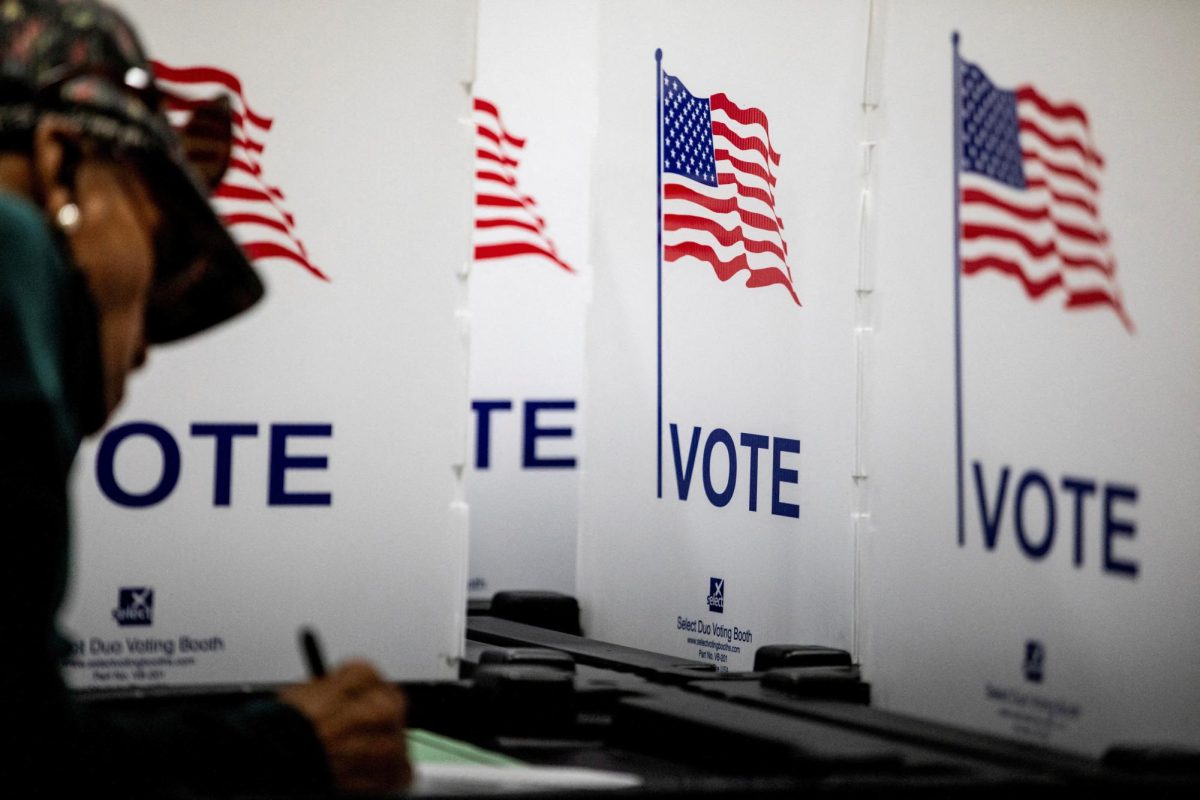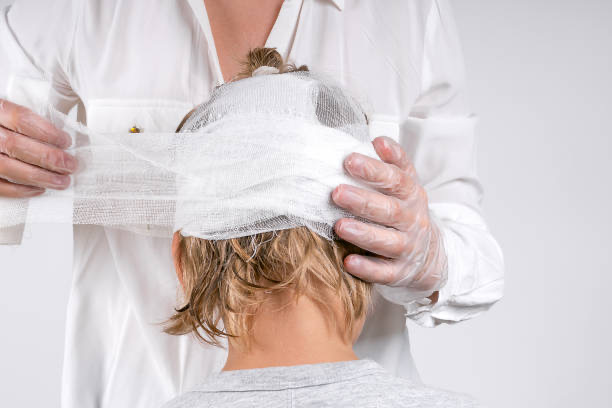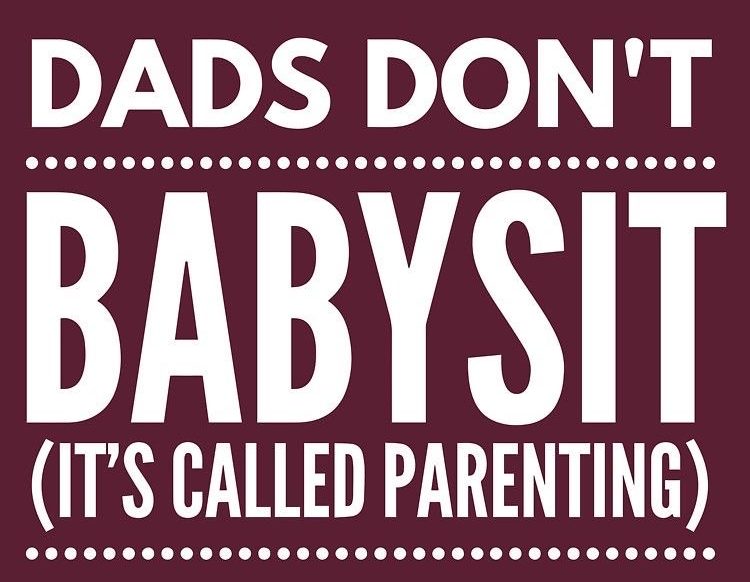According to the AACP, 90% of teens have been on social media at least once in their lifetime, and 51% claim to check their social media at least once a day. Many people who are on social media have been introduced to content called “Thinspo,” which is content that encourages extreme weight loss, often in achieved in ways that could cause serious health related problems. This type of content can be especially dangerous when impressionable teenagers come across it.
Many teens want to have what society considers the “perfect” body. “I’ve come across thinspo a lot. I’m not exaggerating in the slightest when i say it was a huge contributor to my eating disorder. Fitting in meant a lot to me, and being faced with the idea that i was unhealthy and flawed for not looking a certain way was devastating.” Sophomore Lola Dow said.
Social media tends to promote only one type of acceptable body, and not having that can lead to just as many problems as thinspo. “Social media definitely hasn’t helped my body image” Dow said. “The Normalization and Idealization of only one type of body can be really damaging, especially when you don’t have that body.”
Seeing influencers who’s bodies meet society’s ever-changing standards of beauty can make this feeling worse. “Social media has affected my body image because I don’t like my body, and seeing people with unnatural bodies, natural bodies don’t look like that. “ Sophomore Leia Hain said.
Dow, however, has some good advice for avoiding seeing this negative type of content: “If you feed into the toxic posts with likes, you’ll see more of them. If you share and comment on body positive posts, you’ll get more of them. Social media works at an algorithm.” Dow said.







